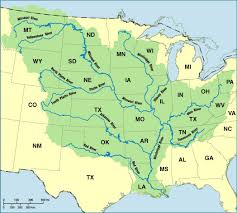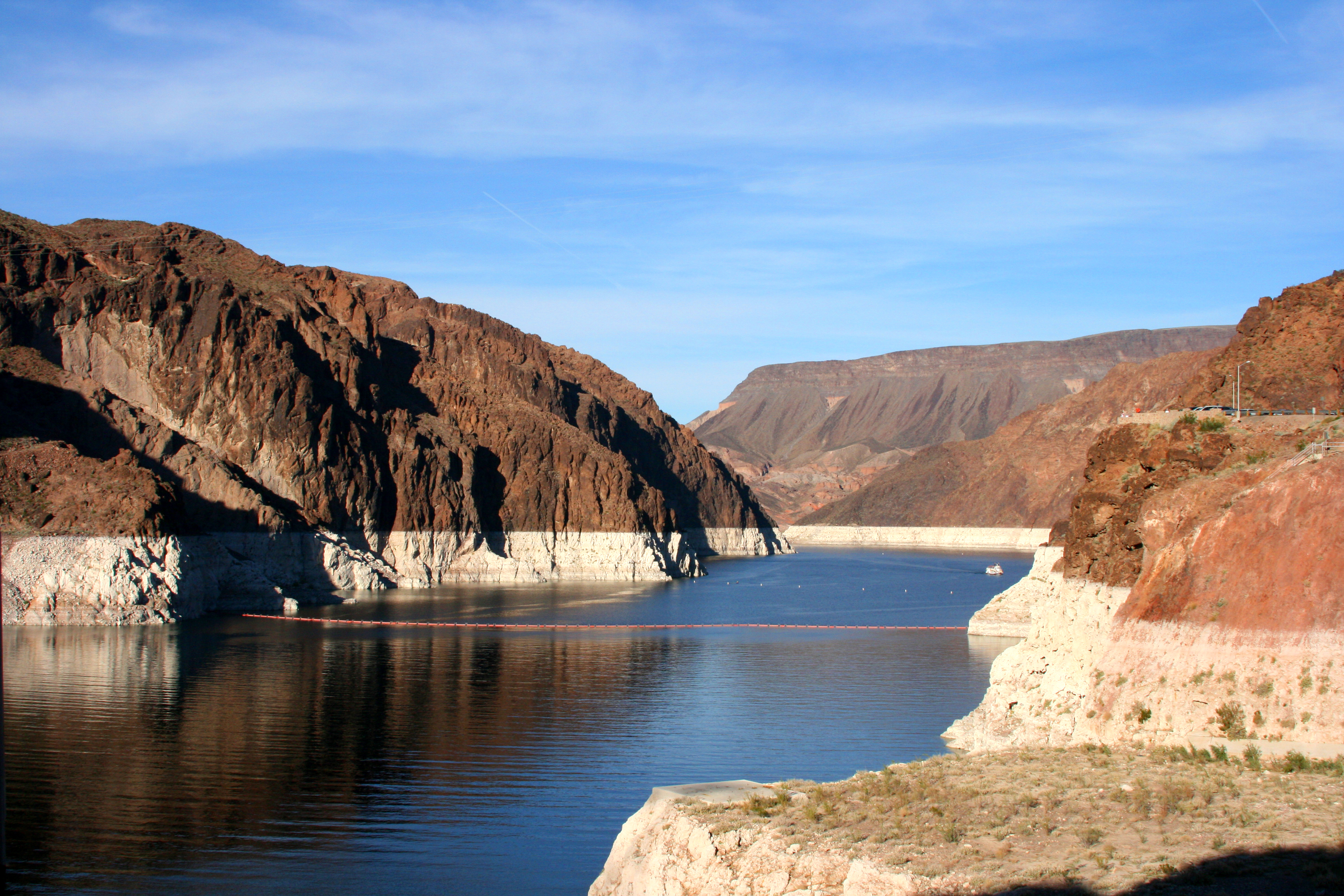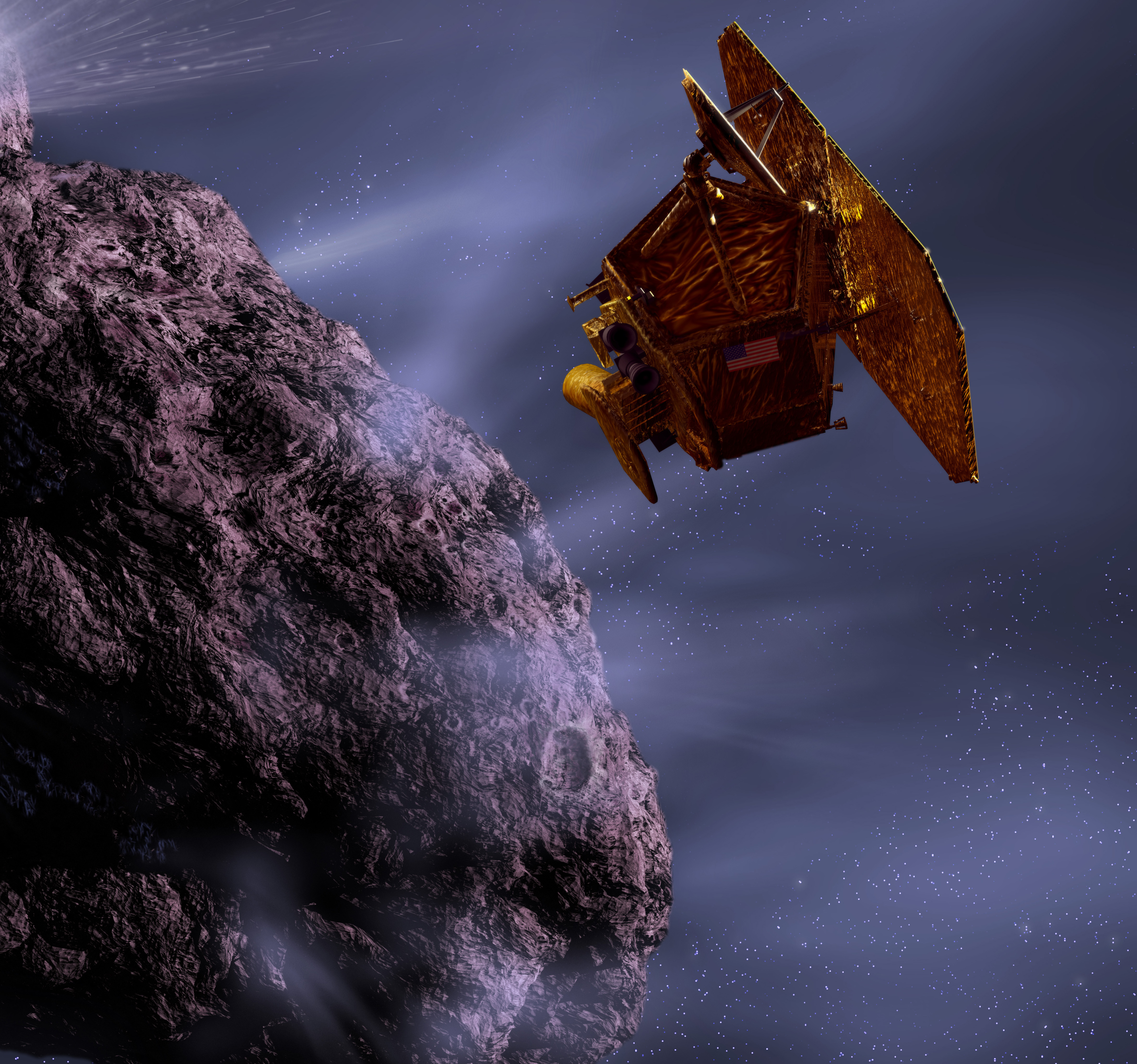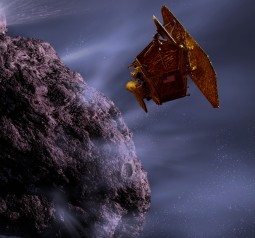The Tuesday, Sept. 17, show offers two features:
Feature #1 (start time TK): Once hadrazine, now green. Ball Aerospace’s Chris McLean, the Program Manager for the Green Propellent Fusion Mission, talks with co-host Jim Pullen about testing a much safer spacecraft fuel.

Courtesy U.S. EPA
Feature #2 (start time TK): The 100-year flood ravaging Colorado has shown us painfully clearly the power of water. We’re seeing how surging rainfall and overflowing streams can destroy homes, roads, indeed whole communities in their path. But what’s less visible is how extreme weather events like this one in the nation’s interior affect oceans in powerful ways. Our watersheds east of the Continental Divide carry water, and tons of nutrients, into the Mississippi River Basin. Rainfall, storm water, and fertilizer runoff from croplands and backyard lawns contribute to the humongous Dead Zone in the Gulf of Mexico. To discuss our inland connection to oceans Dr. David Guggenheim, a marine scientist and founder of the nonprofit Ocean Doctor, talks with co-host Susan Moran. Vicki Goldstein, founder of Colorado Ocean Coalition, also discusses the inland ocean movement, including the second annual Making Waves event this coming weekend.
Hosts: Susan Moran, Jim Pullen
Producers: Jim Pullen
Engineer: Jim Pullen
Executive Producer: Susan Moran
Listen to the show:










